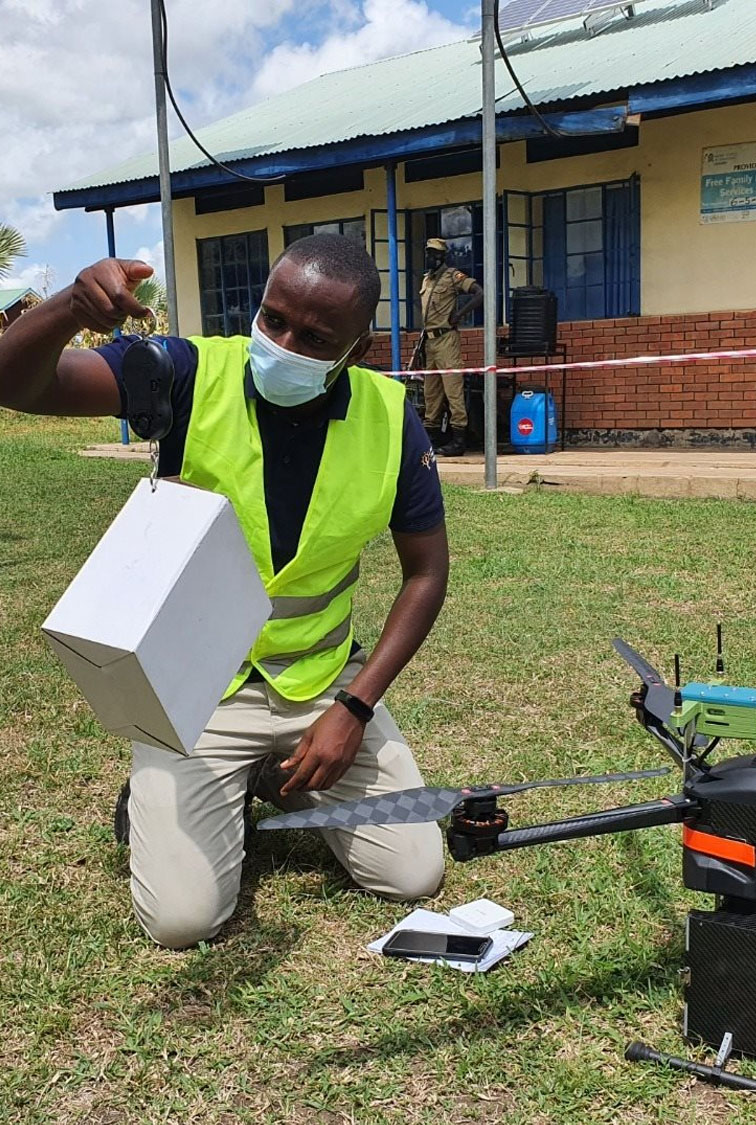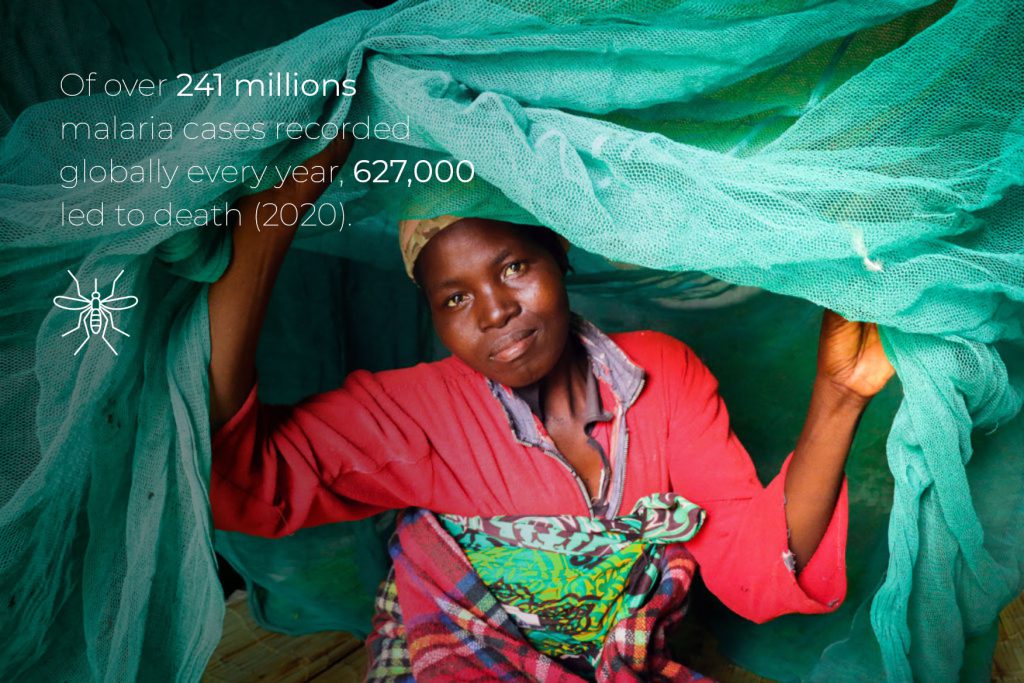Drones Against Malaria
Leveraging the power of drones for responsive malaria prevention and control
We used drones-based larviciding to disrupt malaria transmission

Community Mobilization
We used drones to deliver vital information to larger communities.

Drone-based Mapping
Drones enabled easy and cost-effective access to breeding sites

Drone-based Spraying
We optimized workforce allocation to specific breeding sites for treatment purpose
Malaria is one of the major contributors to poverty
Malaria costs to African economies is estimated to be as high as 1.3% of GDP, and up to US $ 12 billion in lost productivity annually.
Impact
video

Testimonials
My life was once dominated by Malaria. This changed with drone spraying. Three months without the disease brought immense relief, gratitude, and the newfound sense
of hope for our family

Vestine Usengimana
Resident of Rugende Sector
Control measures reduced malaria cases, but new challenges emerged
Existing control measures:
- Long-lasting insecticidal nets (LLINs)
- Indoor residual spraying (IRS)
- Diagnostics testing
- Antimalarial medicines
Mosquito behavior changes:
- Outdoor/early night mosquitoes' bites
- Feeding on animals
- Resistance to insecticides
- Changes of mosquitoes' species

